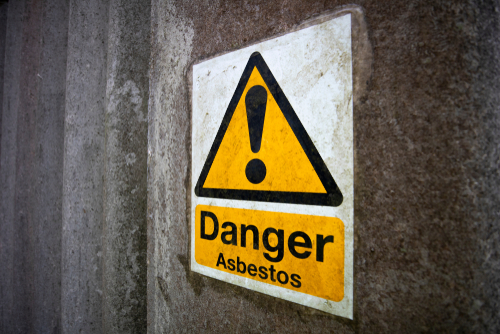
Asbestos exposure led to a higher incidence of asbestos-related lung cancers in naval personnel, according to a study conducted by the University of Adelaide and Oxford University and published in Scientific Reports.
In this study, researchers collected data from 30,085 naval personnel from the United Kingdom and Australia who served in the 1950s and 1960s, a time when asbestos-containing materials were present in British and Australian naval vessels.
Three of 4 study cohorts were previously assessed for the effects of radiation exposure from British nuclear testing; however, when they noticed an elevated incidence of mesothelioma, which is linked to asbestos exposure, they began analyzing the occurrence of lung cancers.
The investigators estimated that 27% of lung cancers in Australian seamen and 12% in British seamen were related to onboard asbestos exposure. “We found the lung cancer rate was higher overall in naval personnel than in the other armed services, and, while smoking remains the dominant cause of lung cancer, it is unlikely the excess could be explained by a higher smoking rate in the navy,” said one of the lead researchers, Dr. Richie Gun, via a press release.
“Although actual measurements of airborne asbestos levels were not available, and estimates are difficult, we have concluded that the higher lung cancer rate in sailors was most probably caused by onboard asbestos exposure,” the researchers said. “This conclusion was strengthened by the occurrence of deaths in sailors from asbestosis, a condition which is noncancerous but is nevertheless disabling and potentially fatal.”







 © 2025 Mashup Media, LLC, a Formedics Property. All Rights Reserved.
© 2025 Mashup Media, LLC, a Formedics Property. All Rights Reserved.